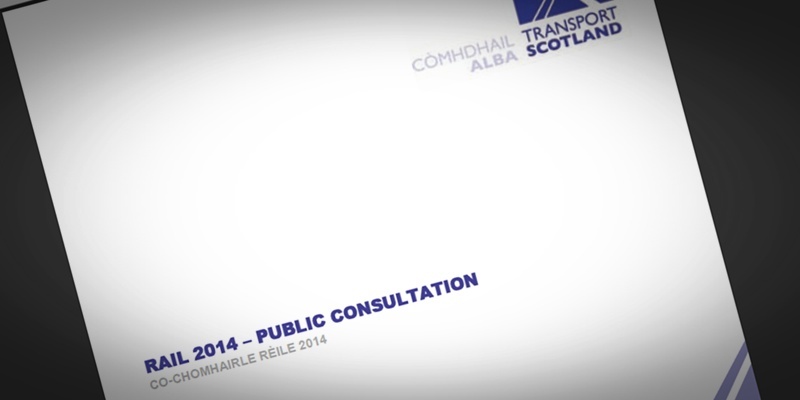The Scottish Government has rushed to distance itself from controversial proposals to overhaul the railways.
The move came as Labour launched an online petition against suggested cost-saving measures including fare increases, slower trains and the scrapping of sleeper services.
The recommendations, in a consultation published by government quango Transport Scotland on Tuesday (link), provoked fury from opposition MSPs and passenger groups.
But a spokesman for First Minister Alex Salmond insisted the consultation ”did not reflect” the views of ministers.
The claim came despite the fact Transport Minister Keith Brown and Infrastructure Secretary Alex Neil penned a foreword to the 86-page document.
Labour’s transport spokesman Lewis Macdonald said party supporters would be at train stations this morning with hopes the petition would attract 50,000 signatures.
The campaign will focus on plans to cancel sleeper services, split up more profitable parts of the network, hike fares and increase journey times.
”Scottish ministers may be whisked around in chauffeur-driven limos, but everyone else in Scotland wants to see sensible plans to improve the rail network,” he said.
”The Scottish Government plan to help the owners of train companies, not passengers, is totally out of touch and takes the wrong track at every turn.
”Their plan to ramp up fares, cut the number of trains or increase journey times, end cross-border trains and stop the sleeper are wrong-headed.”
The Rail 2014 consultation also suggests a greater reliance on interchange stations meaning passengers will have to change trains more often.
Services from London heading north of the Forth would have to terminate at Edinburgh, with ScotRail taking over the rest of the journey.
The measures were drawn up in a bid to increase efficiency and reduce the burden on taxpayers of ScotRail subsidies expected to break the £1million-a-day barrier next year. The franchise is up for renewal in 2014.
Infrastructure Secretary Alex Neil insisted the consultation was designed to make Scotland’s railways ”fit for purpose”.
He did concede some of the ideas, which also include banning alcohol on trains and scrapping first class travel, were ”a bit out of the box”.
”There’s certainly no decisions that have been made on this because we’re talking about a franchise that doesn’t start until 2014,” he said.
”Some of the ideas in that document will quite frankly be seen as a bit out of the box, just to test opinion. But let me tell you this, as the cabinet secretary in charge I will not stand by and see any way in which our rail service will be diminished in Scotland.
”We are very, very committed to improving rail services in Scotland and between Scotland and London.”
A Transport Scotland spokeswoman also stressed the consulation did not set out the position of ministers.
”This is the opportunity for the public to have their say, and ministers will publish their proposals once the consultation is concluded,” she said.
Meanwhile, Lib Dem leader Willie Rennie criticised a suggestion a shorter franchise should be introduced due to ”constitutional uncertainty in Scotland”.
He added: ”SNP ministers owe us an explanation for why they are promoting a short-sighted approach that threatens to heap misery on to passengers.”
The consultation closes on February 20. Visit www.transportscotland.gov.uk for more information.
